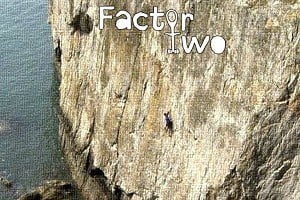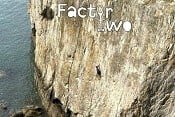In reply to Damo:
The post was written in a rush and you're right, it doesn't make as much sense as I meant, apologies for that!
I was referring to evidence from the Cochrane database of systemic reviews for commonly used classes of drugs. The actual reference is here:
http://cochranelibrary-wiley.com/doi/10.1002/14651858.CD009761.pub2/abstrac...
And there is a summary on a very useful website called thennt.com here:
http://www.thennt.com/nnt/acetazolamide-prevention-acute-mountain-sickness-...
The review looked for trials where acetazomamide was used as a prophylactic intervention (rather than 'treatment, you are of course correct) to reduce symptoms of AMS in people ascending to between 4000 and 5000m.
The links have the data but the RR of 0.47, absolulte risk reduction 13% (or NNT of 7.7)
The NNH (side effects) was 2.4.
Yes, the side effects of diamox are not significant in any way, and I agree that potential benefits probably outweight the risks, but I find it fascinating that the data suggests that 7 out of every 8 people who take diamox for AMS prophylaxis won't see any benefit (outside of the placebo effect which I'm sure could be considerable given the subjective and non-specific features of AMS).
The second part of my post was more of a musing. I intuitively think that a drug with an NNT approaching ten is "not very effective", yet I find it really interesting that many other drugs which we prescribe thinking there is a good evidence base for them (well, I do anyway) - and that most local guidelines will recommend - have considerably worse 'efficacy' with often far more significant side effects. A few examples from the same webiste:
- Warfarin for stroke prevention in NVAF (no previous CVA) - NNT = 25
- Warfarin (vs aspirin) for stroke prevention in NVAF (no prev CVA) - NNT = 60
- Aspirin for primary prevention of MI/CVA - NNT = 1600
- PPIs for acute upper GI bleeding - NNT - no benefit
A lot of the evidence on there really surprises me, that is all.









